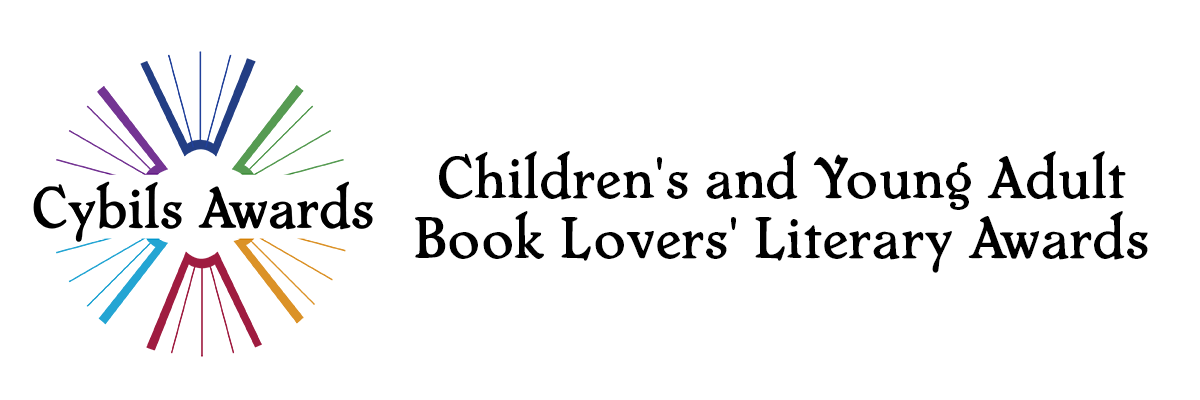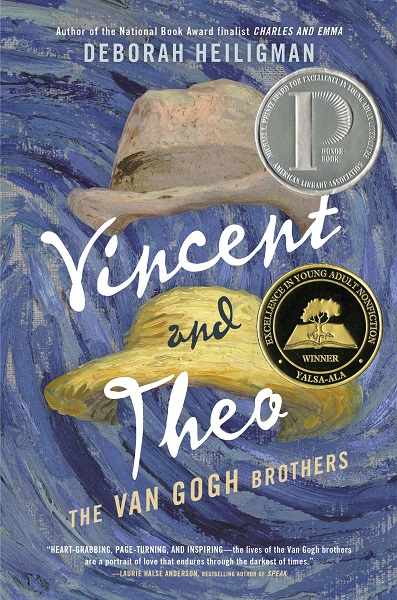What drew you to the story of Vincent Van Gogh and his brother, Theo?
I was on a trip to Amsterdam and visited the Van Gogh Museum because I’ve always loved his art. While there, I read a small note about Theo supporting Vincent, and I knew that someday I would write about these brothers. When I presented the idea to my editor,
Laura Godwin, not only did she love it, but she had also had the same thought when she visited the museum a year or two earlier.
Once I had started my research I began to wonder: why did Theo support Vincent? And as I read, I kept asking myself that question. Over and over, especially as I saw how high- maintenance Vincent could be. I asked other people, too, especially brothers. Would you?
Could you? Why did he stick by him? I eventually came to see that just as Theo supported Vincent, Vincent supported Theo. Vincent had his artistic community right there. Others came and went, but Vincent and Theo were on the journey together forever. It’s a remarkable story.
What kind of research was necessary for you to write this book?
When I begin my research for a book, I start with primary sources. I read letters, diary entries, autobiographies, etc. and hold off reading any secondary sources as long as possible. My three main primary sources were the letters between Vincent and Theo, the letters between Theo and Jo (Theo’s wife), and, for the end of the book, the condolence letters written to Theo. I only consulted secondary sources to answer questions I couldn’t answer, and then I tracked down their sources (going back to primary sources again). I do
it this way, because I want to meet people on their own terms and not be influenced by what anyone else thinks about them.
I also spent a lot of time playing with watercolors to understand even a little bit about what it feels like to be an artist.
You obviously couldn’t include every part of Van Gogh’s life. How did you choose what to write about and what to leave out?
I focused on two things mostly: the relationship between the brothers and Vincent’s journey as an artist. Of course there was still a lot of information. I had some trouble writing the book, because I had so much material and so much to say! Laura guided me in
two big picture ways: first, after a year of doing research, she gave me “permission” to write Deborah’s Tour of Vincent. And second, after my first full draft, she told me I was quoting from Vincent too much! He was such a good writer, it was hard not to. But she
wanted my voice. Over the course of five years, I kept telling myself: STORY. And so although I had done a lot of research, my job was not to show off the research but to tell a good story. I made myself a sign: You are a Storyteller, Not a Scholar and hung it up next
to my desk.
You’ve written both fiction and non-fiction. Is one more challenging to write than the other? Which do you like better? They are both challenging!
Usually when I am working on one, I think, absolutely the other one is so much easier! I want to do both. Always.
If you don’t mind telling us, what’s next for you?
Without giving too much away: it’s a tragic World War II story with many characters. I am finishing the first full draft right now. I have a trip to make, but I hope to have it off of my desk and on my editor’s desk within a few months. Fingers crossed.
Thank you so much for your time!
Be sure to check out Deborah at her website, or on social media on Twitter and Facebook.

